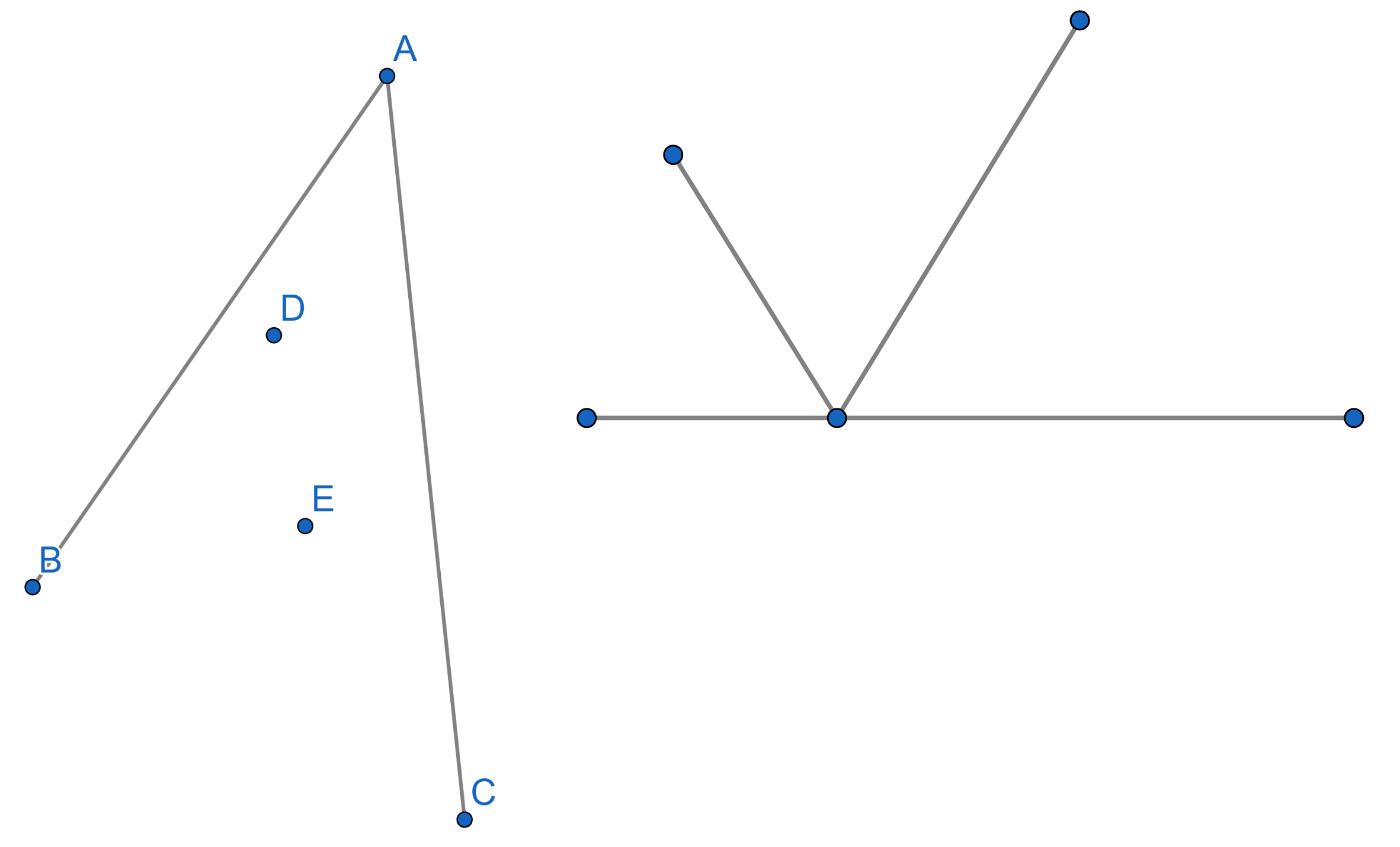Problems
\(A,B\) and \(C\) are three sets. Prove that if we take an intersection \(A\cap B\) and unite it with the set \(C\), we will get the same set as if we took an intersection of two unions \(A\cup C\) and \(B\cup C\). Essentially, prove that \((A\cap B)\cup C = (A\cup C)\cap (B\cup C)\). Draw a Venn diagram for the set \((A\cap B)\cup C\).
Let \(A,B\) and \(C\) be three sets. Prove that if we take an
intersection \(A\cap B\) and intersect
it with the set \(C\), we will get the
same set as if we took an intersection of \(A\) with \(B\cap
C\). Essentially, prove that it does not matter where to put the
brackets in \((A\cap B)\cap C = A\cap (B\cap
C)\). Draw a Venn diagram for the set \(A\cap B\cap C\).
Prove the same for the union \((A\cup B)\cup C
= A\cup (B\cup C) = A\cup B\cup C\).
For three sets \(A,B,C\) prove that \(A - (B\cup C) = (A-B)\cap (A-C)\). Draw a Venn diagram for this set.
For three sets \(A,B,C\) prove that \(A - (B\cap C) = (A-B)\cup (A-C)\). Draw a Venn diagram for this set.
How many subsets of \(\{1, 2, . . . , n\}\) are there of even size?
In how many ways can \(\{1, . . . , n\}\) be written as the union of two sets? Here, for example, \(\{1, 2, 3, 4\}\cup\{4, 5\}\) and \(\{4, 5\}\cup\{1, 2, 3, 4\}\) count as the same way of writing \(\{1, 2, 3, 4, 5\}\) as a union.
Prove for any natural number \(n\) that \((n + 1)(n + 2). . .(2n)\) is divisible by \(2^n\).
Between two mirrors \(AB\) and \(AC\), forming a sharp angle two points
\(D\) and \(E\) are located. In what direction should
one shine a ray of light from the point \(D\) in such a way that it would reflect off
both mirrors and hit the point \(E\)?
If a ray of light comes towards a surface under a certain angle, it is
reflected with the same angle as on the picture.

Consider a set of natural numbers \(A\), consisting of all numbers divisible by \(6\), let \(B\) be the set of all natural numbers divisible by \(8\), and \(C\) be the set of all natural numbers divisible by \(12\). Describe the sets \(A\cup B\), \(A\cup B\cup C\), \(A\cap B\cap C\), \(A-(B\cap C)\).
Let \(a\), \(b\) and \(c\) be the three side lengths of a triangle. Does there exist a triangle with side lengths \(a+1\), \(b+1\) and \(c+1\)? Does it depend on what \(a\), \(b\) and \(c\) are?